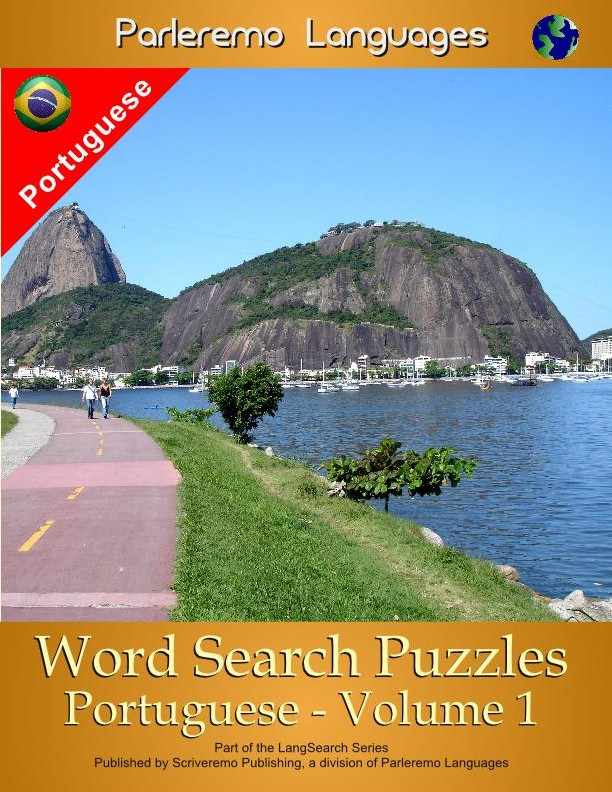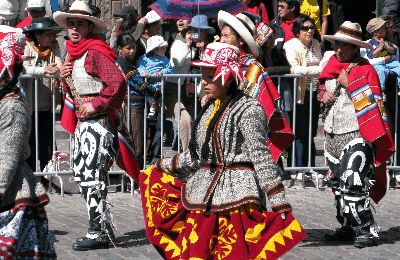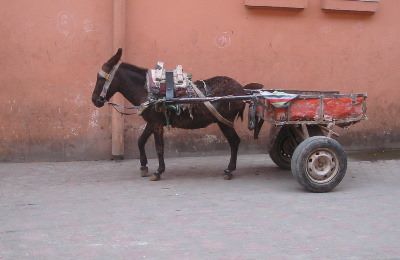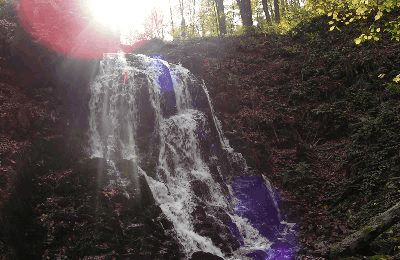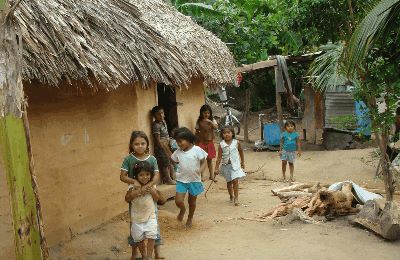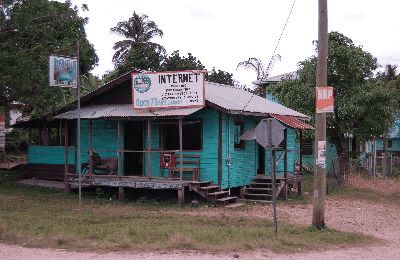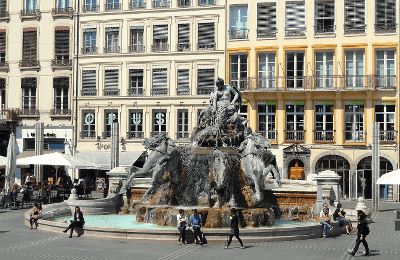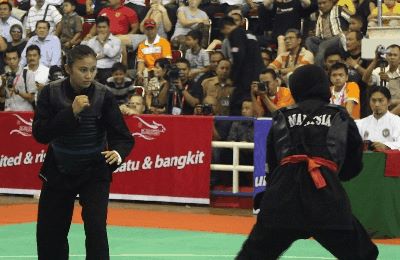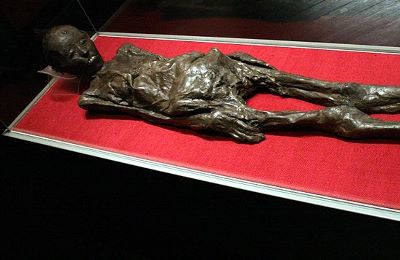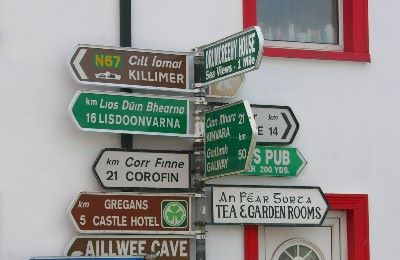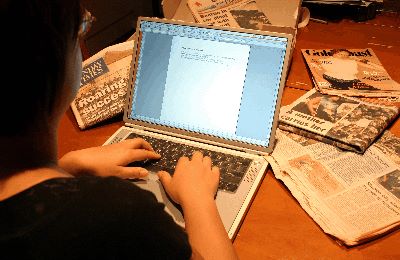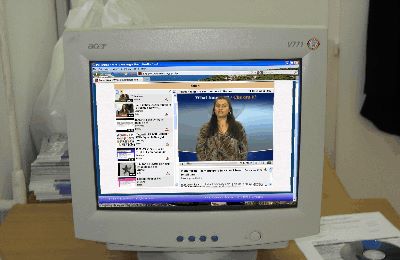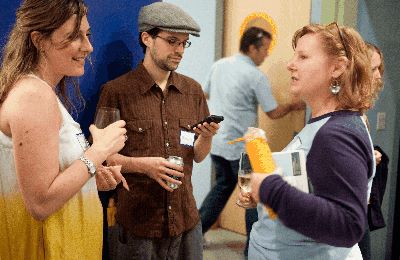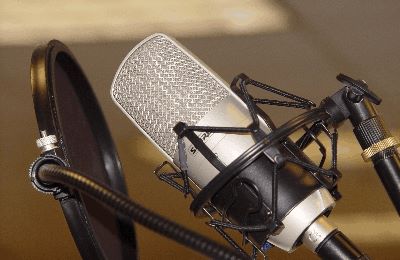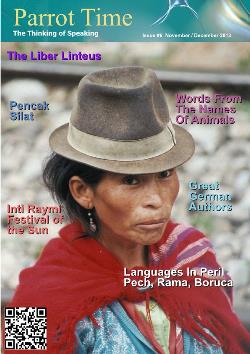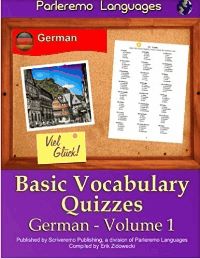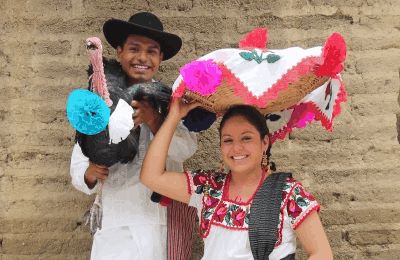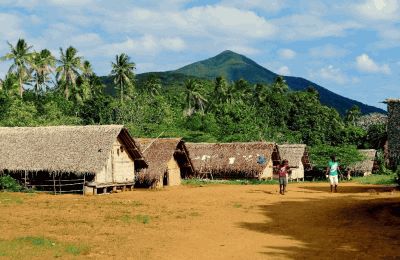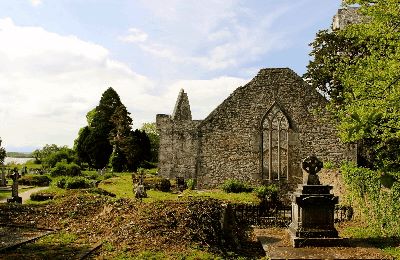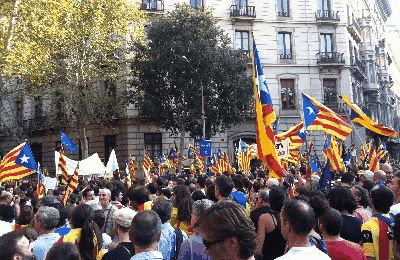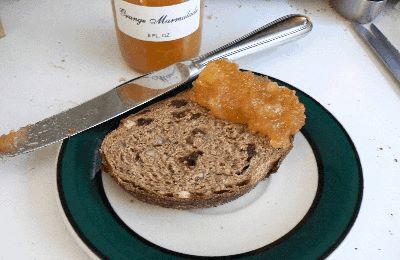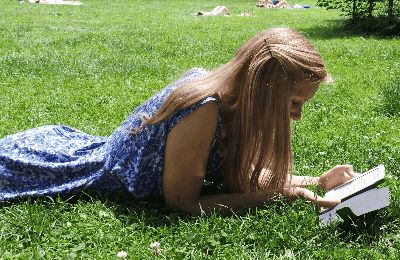
|
Sections is a regular column about different parts of Paleremo, explaining their purpose and how to use them. Parleremo is based around the concept of a town for a few reasons. First of all, many times when people are studying a language, they are doing it because they are planning a trip to a foreign country. Their focus is therefore going to be on words and phrases to help them get around the city or town they are in. They will want to know how to ask for a room in a hotel or where the museum is or how much something will cost in the marketplace. It then makes sense to split the learning process into those sections, like a hotel, site seeing, and a marketplace. The second reason is to give people a way to connect with others learning the same language they are. This is a broader concept that we will explain in detail in this article. The Divisions Parleremo has a "neighborhood" which is divided into different districts. Each district is the basic equivalent of a language branch or family. Some examples of these are Germanic, Dravidian, Indo-Iranian and Semitic. Each district is further divided into quarters, which match up with languages, such as the Germanic district includes the quarters of Afrikaans, Dutch, English, German, Icelandic, Norwegian and Swedish. Members are encouraged to join one of the quarters. Each quarter has a few streets which have names associated with authors that wrote in that quarter's language. And example of this is "Ibsens vei", which is a street in the Norwegian quarter, named for the Norwegian playwright Henrik Ibsen. Details on many of these authors are given in the monthly colum "Word on the Streets". A member selects a quarter, street, and house location. They can even select an image to represent the house. Moving In Once a member has moved into a house in a quarter, he or she becomes part of the neighborhood. From the members home page, they can visit the neighborhood, and from there they can see an overview of different things they can access. The first box is a list of basic statistics for the neighborhood, which include the number of male and female members that also reside there, the age range and average, the number of streets, and how full it is. There is also a list of newest neighbors (people living in that neighborhood) and a list of the neighbors that are online. One box gives the current date, time, and weather for the neighborhood. Another box displays the members house location, giving the district, quarter, street and street number. Below that is a button that will take them back to their "home" page. 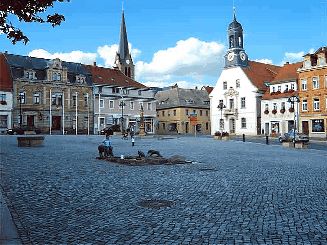 A town square in the real world, like the town square of a Parleremo quarter For those that wish to talk with other neighbors, there is an "Ajax Chat", which is a chat area of the site that doesn't require a member to download any extra software to use. There will usually be a few channels for the chat, such as one for the quarter, one for the languages (which is the same as the one connected to the forum), and one for the larger district. For each is shown the number of people currently in the chat and a button to join it. If a member joins a chat, a new window will open. This chat requires Javascript to work. There is another chat box which connects with the TeamSpeak 3 voice chat. Not all quarters will have a channel in the voice chat, but more can be easily added. The voicechat requires a person to download and install a TeamSpeak 3 client (clients from previous versions will not work). An event box might be visible, listing upcoming events related to the neighborhood. A member can also create an event from here, and it will be linked into the Parleremo calendar system. Discussions These chats, events, and listings of people in your neighborhood are created to make it easier for people learning the same languages to find and help each other. This is taken to an even larger step by the specialized forums. While the main forum area of the site contains boards for many specific languages, there are also a few boards that are open only to people "living" in the same areas. The members likely be able to access the same language forum as the forum, but there are also likely to be at least two others they can use. One will be the special "quarter" forum, which can be used to discuss things that neighbors are planning or doing together. Think of it as a town hall. There is also likely to be a district forum, which would be used by anyone living in the same district. For example, since English, Swedish and Dutch are all Germanic languages, and they all have quarters in the Germanic district, they could all use the Germanic district board to discuss things regarding all of those quarters. Each quarter would also have its own separate board, which the other quarters would not have access to. Since a primary reason behind these groupings of people by language and branch is to help build a closer tie between members, there is a restriction on how often a person can "move". That is, if someone moves to the Swedish quarter, they may not be allowed to move again for 10 ten days. This is setup so people don't just constantly move from one "community" to another. They can do that on the main boards if they are not serious about learning a language but want to talk about it. The neighborhoods are more about being committed to studying one language. Places Besides the groupings, the neighborhood can also aid in self-study. A member can view the entire quarter as a series of streets and buildings, which shows where other members are as well as various places. These places represent places in the real world that a person might encounter. Each place can be specialized, but the most basic aspects of them are vocabulary, phrases, and readings. 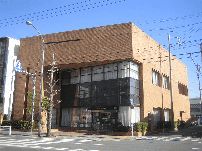 For example, one of the places in the quarter might be a bank. When you click on it, you will be taken to a page that shows text related to a bank, like explaining what is done in a bank. There is also likely to be a vocabulary list of words associated with a bank, and a phrase list as well. These lists could have some links at the end of them so they could be used in some of the games or exercises of the site, like Memory or Flashcards. There could be other parts to the place as well, like a bank could have an area that gives exchange rates between currencies of the world. Dynamics It's hard to be specific about what the places might be or what they will contain because it is very dynamic. Each one can be specialized and can changed over time. In fact, that is one of the strengths of all of this. The members can help decide how they want each of their quarters and districts grow and change, because they are the ones driving it. It can also be a weakness, however, because of no one takes any action, nothing gets done and no one learns. We would like to hear your thoughts and ideas on how to expand and improve the neighborhood, in order to make it better for everyone. Meanwhile, find a place to live and share with your neighbors! |
| Sections - Neighborhood | |||
| Writer: | Erik Zidowecki | ||
| Images: | |||
| |||
All images are Copyright - CC BY-SA (Creative Commons Share Alike) by their respective owners, except for Petey, which is Public Domain (PD) or unless otherwise noted.
|
Searching for language resources? Scriveremo Publishing, has lots of fun books and resource to help you learn a language. Click the link below to see our selection of books, availlable for over 30 langauges!
| |
comments powered by Disqus
